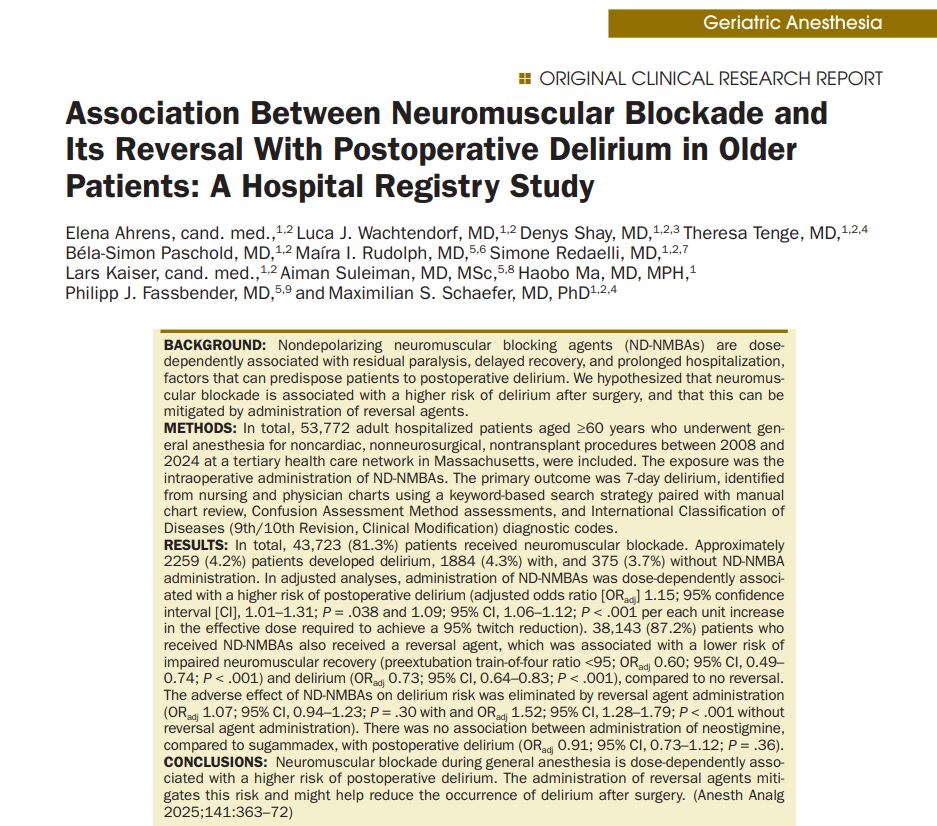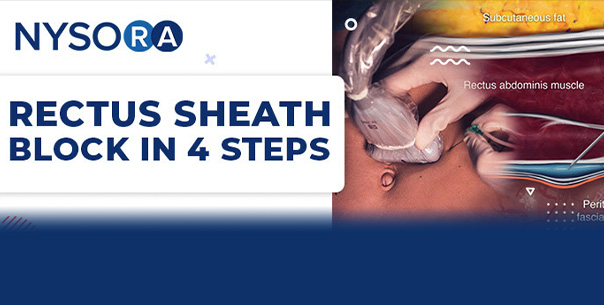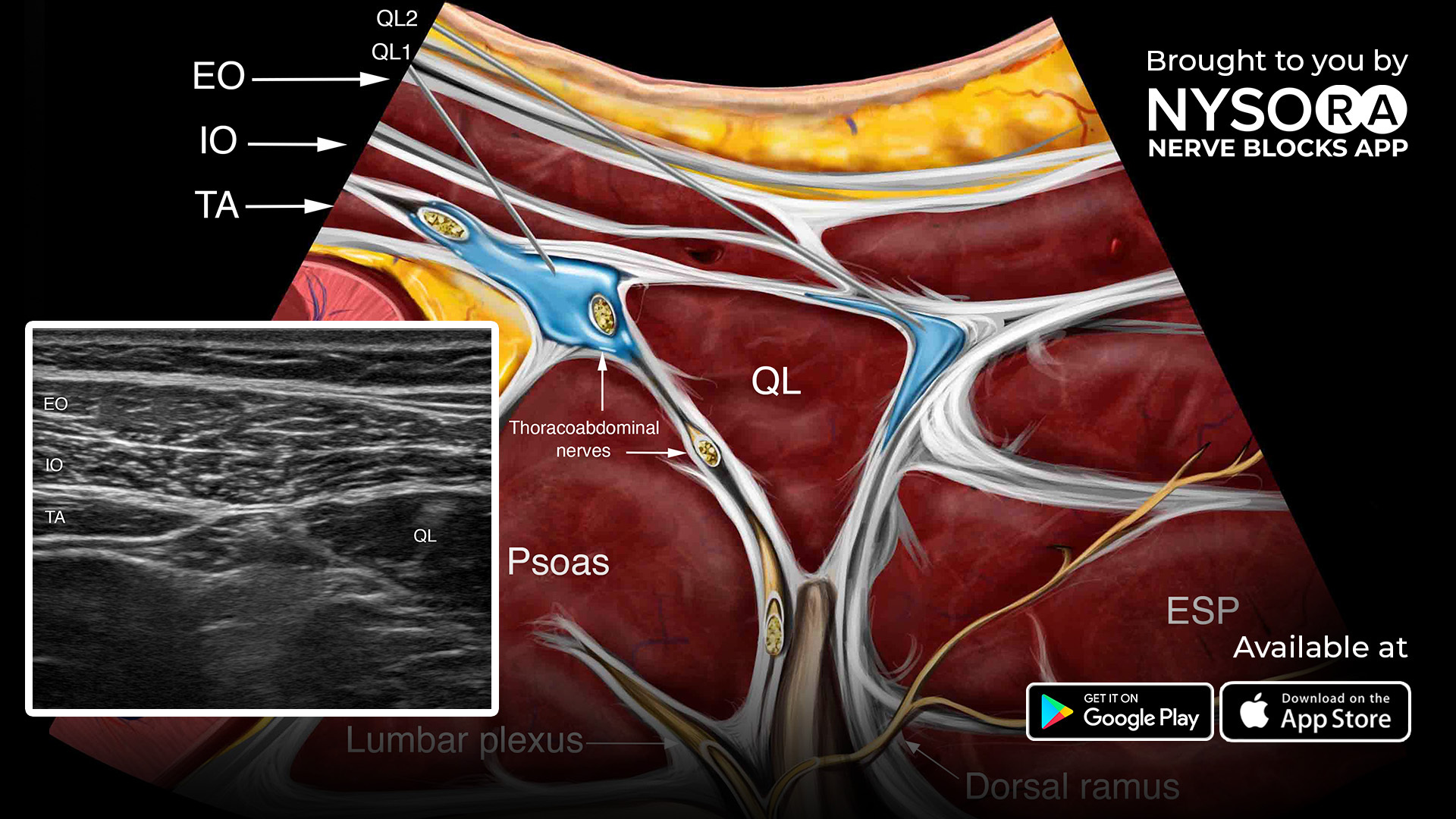A new hospital registry study, published in the August 2025 issue of Anesthesia & Analgesia, has revealed a significant association between the intraoperative use of nondepolarizing neuromuscular blocking agents (ND-NMBAs) and the risk of postoperative delirium in older adults. Importantly, this risk appears to be mitigated with the proper administration of reversal agents like neostigmine or sugammadex.
Background
Postoperative delirium is a serious complication for older adults undergoing surgery. It is linked to:
- Prolonged hospital stays
- Long-term cognitive decline
- Up to a 1.5x increase in one-year mortality
- Added costs of up to $44,000 per patient annually
ND-NMBAs are routinely used to facilitate surgical procedures, but prior research has shown their use can lead to residual muscle paralysis, increasing the risk of respiratory complications and intensive care unit (ICU) admission, both known contributors to postoperative delirium.
Key findings at a glance
- Study population: 53,772 patients aged 60+ who underwent non-cardiac, non-neurosurgical, non-transplant surgery under general anesthesia.
- Delirium rate: 4.2% overall; higher among those who received ND-NMBAs.
- Main result: ND-NMBAs were dose-dependently associated with a 15% increased risk of delirium.
- Game-changer: This risk disappeared when reversal agents were used.
How was the study conducted?
1. Patient selection
- Age ≥ 60 years
- Underwent general anesthesia
- Excluded if had prior delirium, emergency sugammadex reversal, prolonged ventilation (> 72 hours), or high surgical risk (ASA > IV)
2. Data collection
- Spanned from 2008 to 2024
- Data extracted from hospital records
- Delirium identified via chart review, diagnostic codes, and the Confusion Assessment Method (CAM)
3. Exposure and outcome
- Exposure: ND-NMBA administration
- Coprimary exposure: Use of reversal agents
- Primary outcome: Delirium within 7 days after surgery
What did they find?
Neuromuscular blockers increase delirium risk
- ND-NMBAs linked to higher delirium odds.
- Dose-dependent risk: Each unit increase in ED95 (effective dose for 95% twitch reduction) was associated with 9% increased risk.
Reversal agents mitigate the risk
- Reversal agents (used in 87.2% of ND-NMBA cases) significantly reduced the odds:
- Without reversal: ND-NMBAs increased delirium risk by 52%
- With reversal: The risk was statistically nonsignificant
Sugammadex vs. neostigmine
- No difference in delirium rates
Step-by-step: reducing delirium risk in older surgical patients
- Evaluate the need for neuromuscular blockade.
- Use the lowest effective dose, guided by quantitative neuromuscular monitoring.
- Always plan for reversal unless contraindicated.
- Choose the reversal agent (neostigmine or sugammadex) based on clinical context.
- Monitor TOF ratio to assess neuromuscular recovery.
- Ensure optimal respiratory function post-op to avoid complications that may trigger delirium.
- Screen for delirium using CAM in the recovery period, especially in ICU patients.
What does this mean for practice?
The study underscores the importance of meticulous perioperative management, particularly in older adults. Administering reversal agents when using ND-NMBAs:
- Reduces residual paralysis
- Lowers postoperative respiratory complications
- Cuts the risk of delirium, a costly and dangerous complication
“This study supports a paradigm shift in how we manage neuromuscular blockade in the elderly,” says Dr. Maximilian S. Schaefer, senior author of the study.
Conclusion
Neuromuscular blockade during general anesthesia increases the risk of postoperative delirium in a dose-dependent fashion. But this risk can be eliminated by the timely administration of reversal agents.
Healthcare providers should consider:
- Avoiding unnecessary use of ND-NMBAs
- Monitoring neuromuscular function rigorously
- Routinely reversing muscle relaxation, especially in older patients
Reference: Ahrens E et al. Association Between Neuromuscular Blockade and Its Reversal With Postoperative Delirium in Older Patients: A Hospital Registry Study. Anesth Analg. 2025;141:363-372.
Read more about this topic in the Anesthesia Updates section of the Anesthesia Assistant App. Prefer a physical copy? Get the latest literature and guidelines in book format. For an interactive digital experience, check out the Anesthesia Updates Module on NYSORA360!









